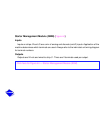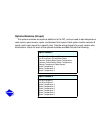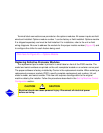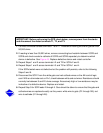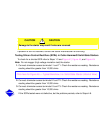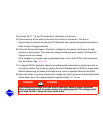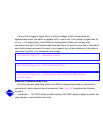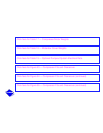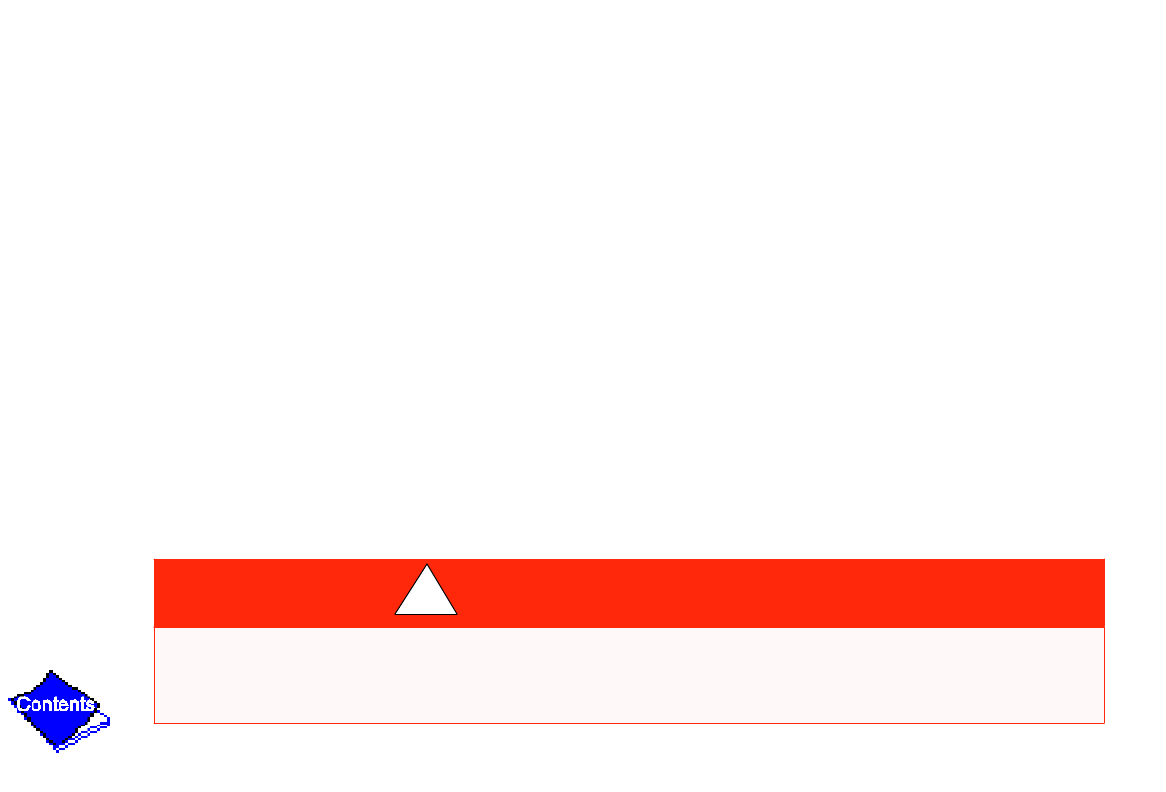
4. Connect the T1, T2, and T3 terminals on the starter to the motor.
5. Disconnect one of the wires to the shunt trip contact on the starter. This wire is
disconnected to prevent the shorted SCR detection from operating the disconnect device
while this test is being performed.
6. Close the disconnect breaker. Check the voltage from the starter line terminal to load
terminal on each phase. The measured voltage should be approximately 0.58 times the
system line-to-line voltage.
If the voltage on any power pole is significantly less, one or both SCRs in the power pole
may be shorted. See Figure 48.
7. If a shorted SCR is detected, check for possible shorted connections, system grounds, or
any other condition that might be causing the short. Replacement of SCRs or power poles
without determining the cause of the failure may result in repeated failure of the SCRs.
8. When the starter is running, measure the voltage from the line side to the load side of each
starter power pole. The voltage should be approximately 1 to 1.5 vac.
When measuring voltage from line side to load side, observe proper electrical
safety procedures since the power poles have voltage applied. This voltage could
be as high as 600 v. Personal injury could result.
DANGER
!
DANGER



